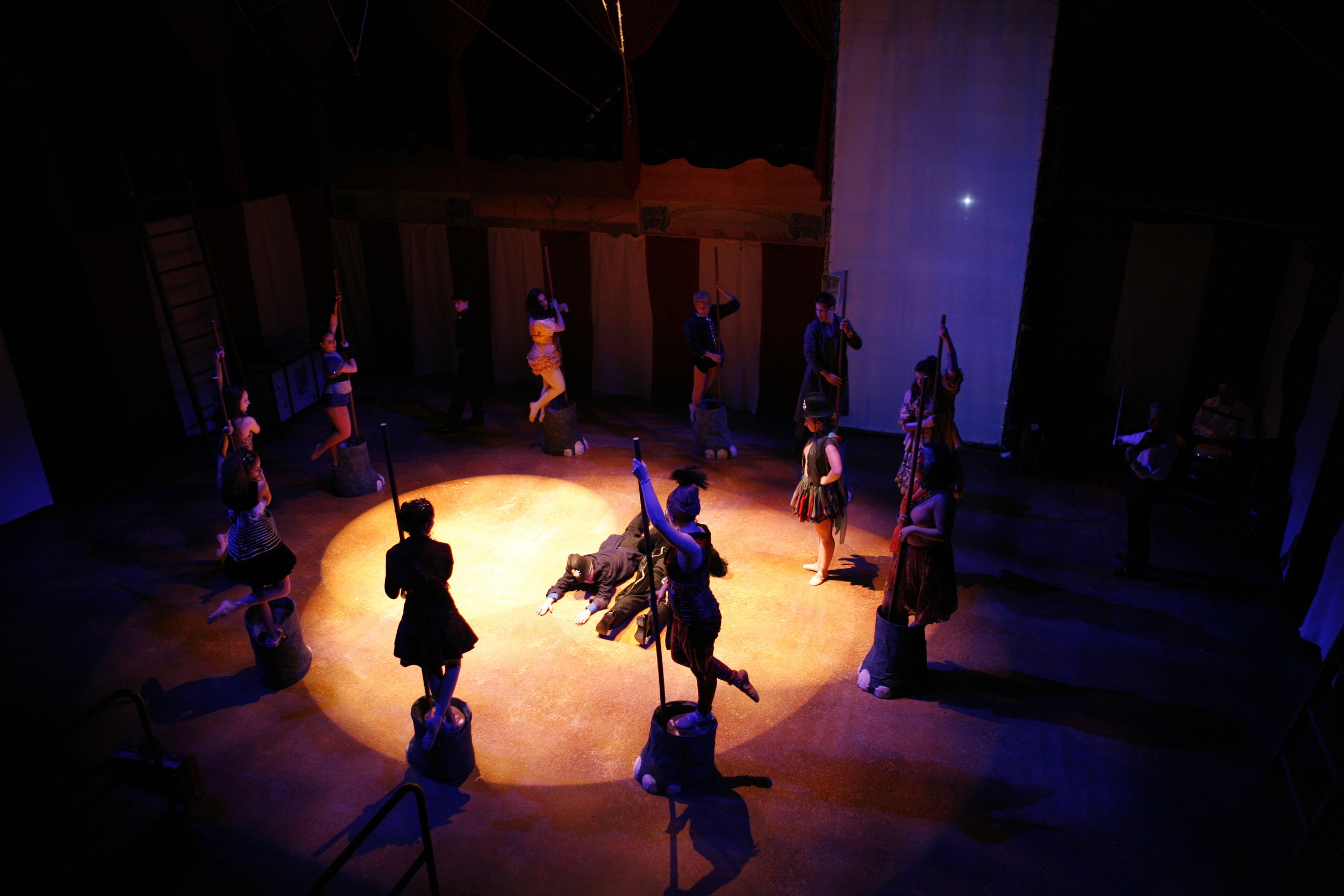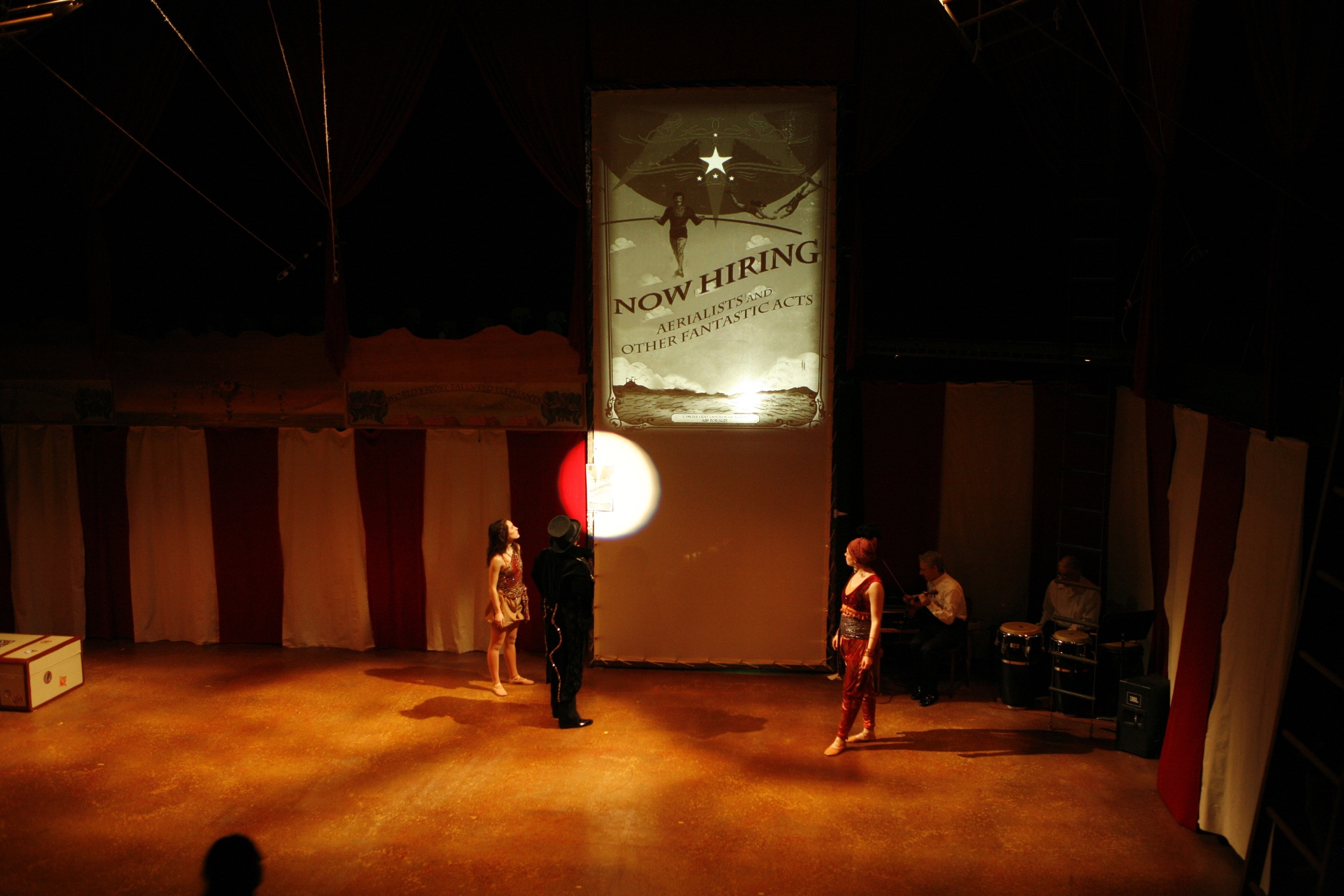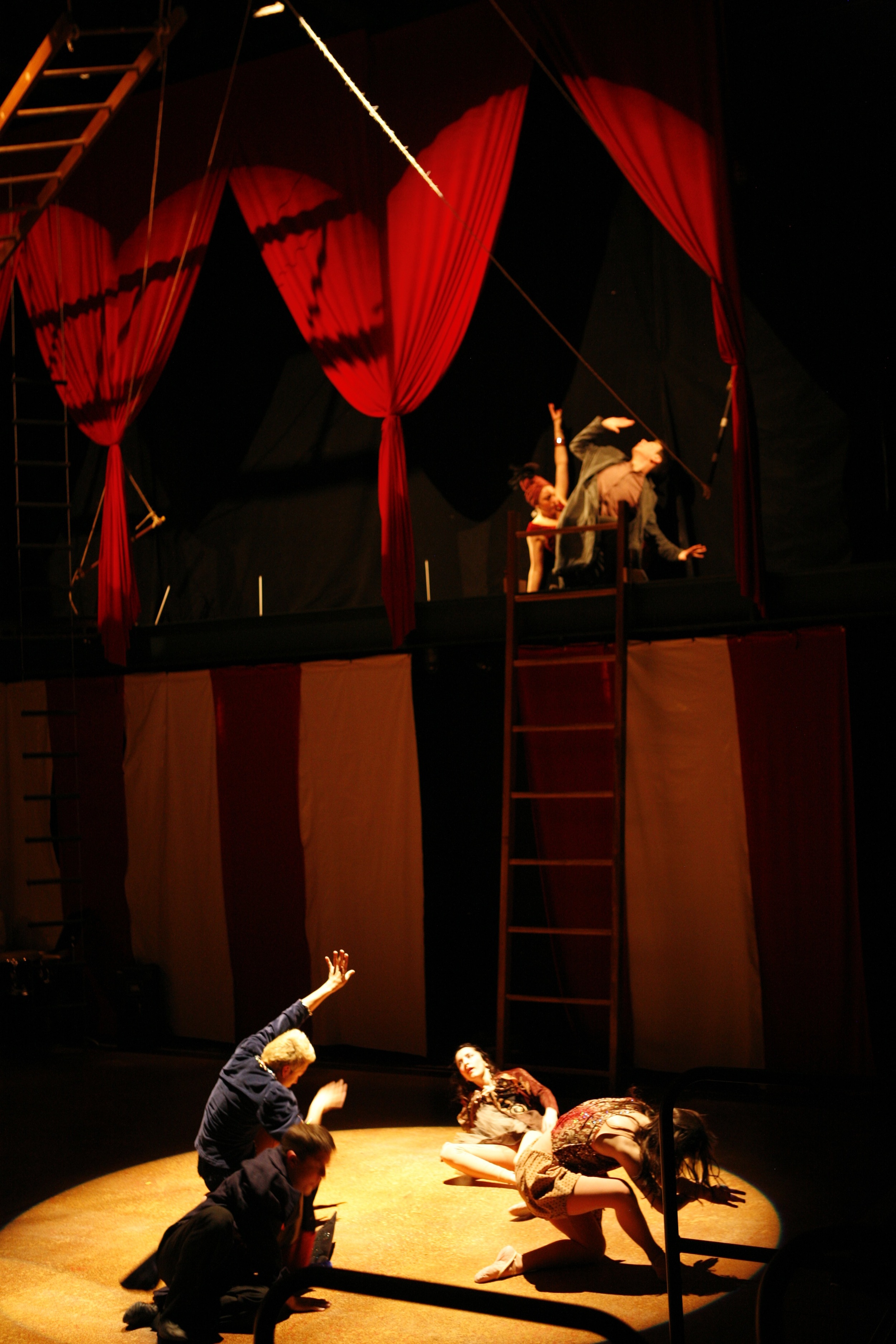For When the Elephants… I experimented with truths; using collage, cut-up and aleatory techniques. It is true that there was a woman named Charmion, born Laverie Cooper in 1875. She rose to fame in the Vaudeville circuit, as a strongwoman and aerialist most known for her famous disrobing act that was filmed by Thomas Edison in 1901. There is truth in William Dugan’s story. He was born in Moultrie, Georgia in 1899 and he ran away to join the circus in 1911. Some accounts have him working for the Sparks Brothers Circus, which would mean that he worked with the elephant, Big Mary. The story of Big Mary’s demise in 1916 is documented in news accounts and oral histories of the time.
THINGS ARE NOT ALWAYS WHAT THEY SEEM
It is true that William returned to Moultrie. It is true that he bought the Pan American Animal Exhibit, acquiring a baby elephant named Nancy.
It is true that William’s grave marker is a life size replica of Nancy carved out of Georgia marble.
It is true that Kate DiCamillo wrote a story about an elephant that crashed through the roof of an opera house.
It is true that Pierre Delaterre wrote a short story about the compassion of elephants.
It is true that the famous ballet choreographer George Balanchine was asked to write a ballet for fifty elephants and fifty ballerinas and the composer Igor Stravinsky agreed to write the music only if the ballet were for “very small elephants”.
My collaborator Justin asked me what the appearance of an elephant meant to me: I said, “An opportunity to reflect on “What if? Why not? Could it be?”
choreo script available upon request
Music by Chip Epsten
Photography by Justin Thomas
Costume Design by Erin Howell-Gritsch
Lighting and Scenic Design by Justin Thomas







